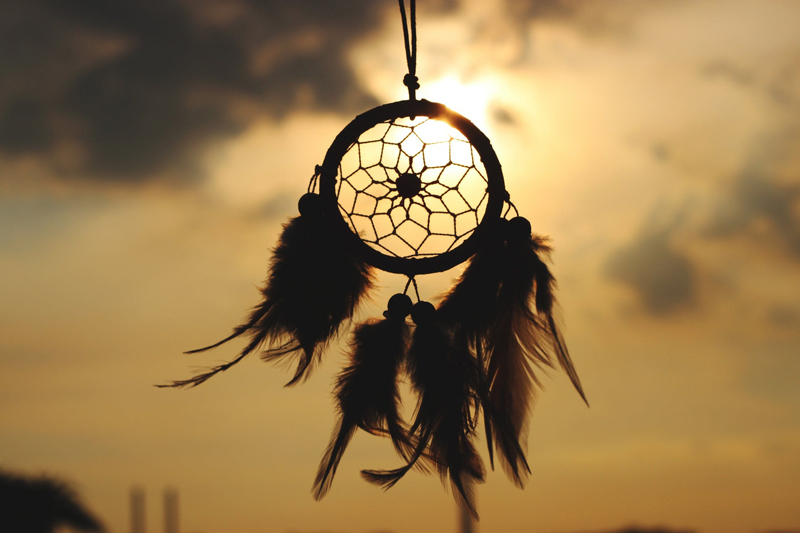Here's the latest article from the Native American site at BellaOnline.com.
Update on the Klamath River Dam Removal
http://www.bellaonline.com/articles/art1727.asp
Please visit nativeamerican.bellaonline.com for even more great content about Native American.
To participate in free, fun online discussions, this site has a community forum all about Native American located here -
http://forums.bellaonline.com/ubbthreads.php?ubb=postlist&Board=140
I hope to hear from you sometime soon, either in the forum or in response to this email message. I thrive on your feedback!
Have fun passing this message along to family and friends, because we all love free knowledge!
Phyllis Doyle Burns, Native American Editor
http://nativeamerican.bellaonline.com
One of hundreds of sites at BellaOnline.com
Update on the Klamath River Dam Removal Project
The Klamath River, a major river that runs through southern Oregon and northern California, and it's tributaries is about 263
miles long. It has been the central life-giving force for Native American tribes along it's shores for generations. Towards
the end of it's run, it passes through the Cascade mountain range then empties into the Pacific Ocean. The name, Klamath,
originated from a Native American word for "swiftness". The Klamath and it's fish have been held sacred by the Native
American tribes such as the Hupa, Karuk and the Yurok, and the Klamath Tribes (Klamath, Modoc, and Yahooskin).
Between 1908 and 1962 six dams were built, which endangered the Salmon and a way of life for the tribes. This created a
controversy that has been ongoing since the construction of the dams. In January 2007, the federal government ruled that
fish ladders must be built on four of the dams.
On January 15, 2008, Native Americans, fishermen, farmers, conservation groups and government agencies revealed a proposal to
remove four of the six hydroelectric dams on the Klamath river and to restore the salmon runs. The plan, if approved, would be
considered the largest dam removal in U.S. history and would open up 300 miles of river waters, some that the salmon have not
been able to migrate in for nearly a century.
Part of the plan's discussion was to construct fish ladders on four of the dams. This could be a formidable solution.
Although it would be exhausting for the salmon to negotiate these ladders, it would help assist the salmon in their natural
migration, or to net and haul the fish around the dams. However, since both these options are so debateable, it looks
like removal of the dams is forthcoming. The dams could be removed as soon as 2015 if an agreement is reached. This will be
monumental in restoring habitat and increasing the salmon population. It would also restore a way of life for the tribes,
bring back their sacred salmon and aid greatly in the "circle of life".
Circles are a symbolic and sacred shape for Native Americans. If you look in nature, where the People are in harmony with
the Earth, there are circles in everything, symbolic or actual. The plant is seeded, grows, produces, provides then dies,
it's seeds falling back to Mother Earth to start the circle again. The birds create their nests in the form of a circle.
The trees have rings, circles which tell their age. Waters ripple in circles. The prayer wheel is in a circle. Dances are
performed in circles. Groups gather around the fires in circles and each person born begins anew the circle of life.
OOOOOOOOOOOOOOOOOOOOOOOOOOOOOOOOOOOOOOOOOOOOOOOOOOOOOOOOOOOOOOOOOOOOOOOOOO
A short fictional story by Phyllis Burns:
Grandfather sat outside his tipi, watching the children play in the early evening, the scents of the cool summer's night air
and the woodland plants coming gently to him. He sat with his robe over his shoulders, feeling good after his evening meal
of venison stew and bannock bread. Now he began to get sleepy and an image of Little Sparrow, his wife of many years, came
to him. He missed her greatly and wished she was there with him to watch their grandchildren grow. As he dozed he heard her
say, "I am watching, Brave Bear. I see our grandchildren and I see what is in your heart, for I love you greatly. I see
you, an old man, coming to the end, yet at the beginning, and I see the babies growing, beginning again the circle of life.
Come with me, Brave Bear. Come where you belong now and know that your life has been good and full. The Great Spirit has
blessed us and now it is time we let the young ones go on with their own lives. They will remember us and keep the teachings
we passed on to them and carry on the traditions, and the Great Spirit will give them many blessings." Grandfather smiled,
remembered when, as a child, his Grandfather taught him how to catch the great salmon in the sacred rivers. He remembered so
many things. Then Grandfather slept and turned towards Little Sparrow.
OOOOOOOOOOOOOOOOOOOOOOOOOOOOOOOOOOOOOOOOOOOOOOOOOOOOOOOOOOOOOOOOOOOOOOO
If you have an upcoming event and want me to post it in my newsletter, please feel free to contact me with specific
information and I will make sure it gets into my next newsletter. If you are looking for a particular recipe, let me know
and I will do my best to find it and post it for you. And remember to join us in the Native American forum where you can
interact with other readers and share your thoughts.
Bannock Bread
Bannock bread contains the same ingredients as Fry bread, but rather than forming individual patties and frying, you place
the entire batch of dough in a greased heavy cast iron skillet and cook on the stove top or in the oven. The ingredients are:
3 cups flour, 1 teaspoon baking powder, a little salt and enough water (or milk for a richer bread) to make a stiff dough
then knead about 15 minutes. You can add dried cranberries or raisins, during the last five minutes of kneading, for a
special treat.
nativeamerican Newsletter



